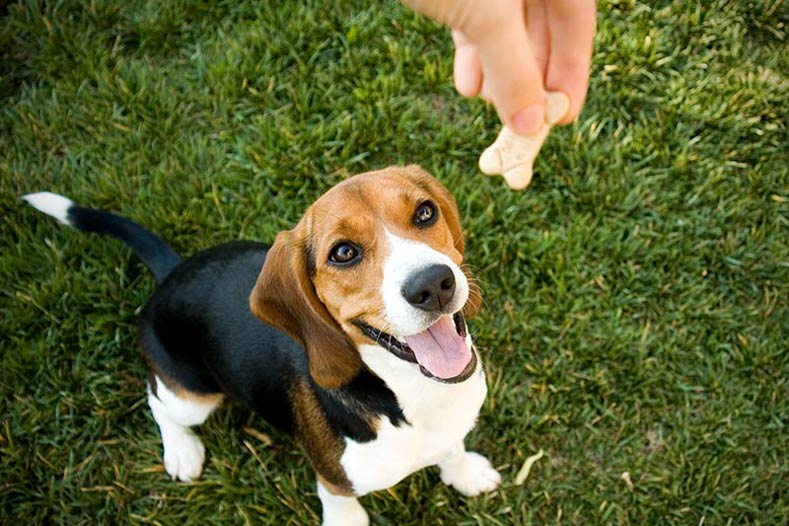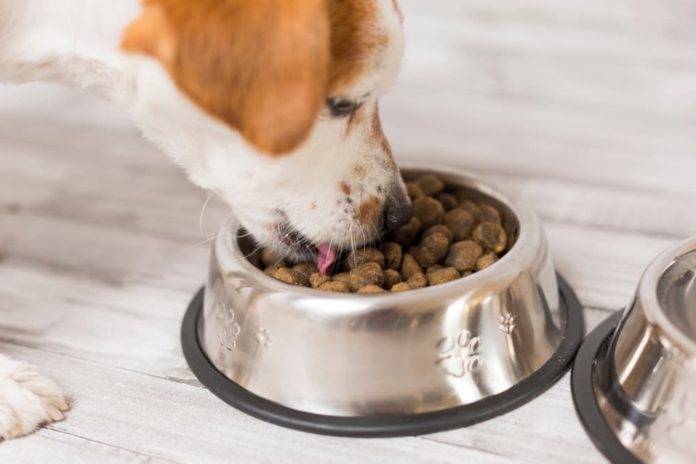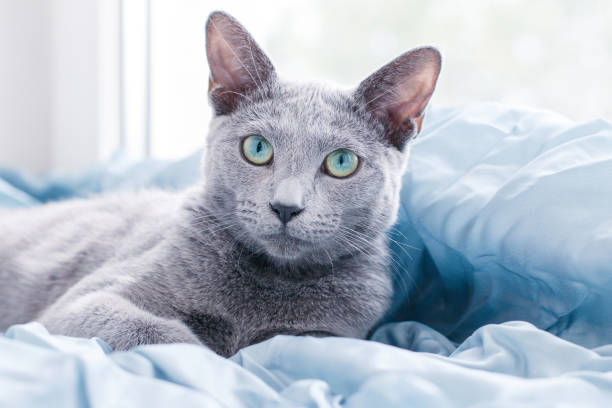Last Updated on December 24, 2023 by Fumipets
Keeping your pet happy and healthy is a responsibility that must be taken seriously. After all, pets don’t have the capacity to make their own food or buy groceries. As pet owners, it’s up to us to ensure our furry friends are eating well. Some people might assume that feeding an animal isn’t so difficult, but in fact there is a lot of thought that goes into it.
Fortunately, there are plenty of ways to improve your pet’s diet while monitoring how much they are eating. Improving nutrition involves knowing what nutrients your pet requires and then choosing foods that will provide them in the right quantity. Keep reading for some expert advice on how you can do just this!
Know the essential nutrients for pet health
The healthiest pet diets contain all of the vitamins, minerals, and fatty acids that the body needs for optimal functionality. These nutrients are broken down into macronutrients and micronutrients. Macronutrients are the nutrients that provide energy and are needed in large quantities. For dogs and cats, these include protein, carbohydrates, and fat. Micronutrients are the vitamins and minerals (vitamins are chemicals, minerals are inorganic substances) that are needed in smaller amounts for a variety of biological functions.
For dogs and cats, these include calcium, iron, and zinc. Many pet owners are aware of the importance of these nutrients, but some may not realize that the amount of these that they need varies depending on the species of pet, their age, and their lifestyle. Pets require different amounts of these nutrients compared to humans, which is why it’s important to pay attention to your pet’s specific needs!

Check the labels
When you’re choosing a food for your pet, you’ll need to look out for certain labels and numbers. The same way humans are careful to read nutritional information on the food they eat, pets should be given the same careful attention. First, you’ll want to check the percentage of protein in the food.
If the number is high, this means your pet is likely to gain weight if fed it regularly, so be careful when selecting a high-protein food for your overweight pet. Next, check the percentage of fat. It’s normal for pets to have a bit of fat in their diet, but it shouldn’t be very high. If your pet has health issues that make it difficult for them to lose weight, you might want to select a lower-fat food.
Don’t forget about the quality of food, too
The nutritional content of the food matters, but so does the rest of it. You don’t want to feed your pet garbage just because it’s nutritious. Some pet foods are made with very low-quality ingredients that may actually do more harm than good. While you don’t want to be too careful and feed your pet something that doesn’t have enough nutrition, you don’t want to feed your pet poison, either.
Some things to look out for in pet food include pesticides, herbicides, artificial coloring, preservatives, and too much salt. If you’re concerned about any of these things in your pet’s food, you may want to shop in person at a pet store or pet supply store that allows you to choose the food yourself. Otherwise, you can always buy the stuff online.
Measure the amount your pet eats
If your pet is overweight and you’ve been feeding them a high-protein food, you might think that reducing the amount they get is the best way to help them lose weight. In some cases, this might work. In others, it might make their situation worse. If your pet is overweight and you want to help them shed some pounds, you may want to measure how much you feed them and reduce it by 20% to 30%.
If your pet is very overweight, you may want to feed them even less. Be sure to check with your vet first. If you feed your pet too much, you may want to increase their amount by 10% to 20% to help them maintain a healthy weight. If you feed your pet the right amount for them based on their current weight, you may want to increase their food slightly once every month or so if they are a very active pet.

Find the right balance of protein, fat, and carbs
You may have heard that you should feed pets a high-protein diet, but did you also know that too much protein can be harmful to them? It’s true: too much protein can result in a variety of health issues. If your pet is eating a high-protein diet, you may notice that they are shedding more than usual, or have hairballs. You may also notice that they have really smelly breath or an increase in urination.
None of these are normal, so it’s important to correct the problem by feeding less protein. If you’re feeding your pet a low-protein diet, you may want to increase their protein by 10% to 20% to help them maintain a healthy lifestyle. Some pets that work hard in their day-to-day lives may require a higher amount of protein.
Try superfoods and supplements
Some pets that have very specific dietary needs may benefit from a diet that contains supplements or superfoods. For example, cats that are susceptible to urinary tract infections may benefit from a diet that contains cranberries. There are many other foods that may benefit your particular pet.
Talk with your vet to find out what might be good for your particular pet. You should also talk with your vet before giving your pet supplements or superfoods. While most are perfectly safe to feed, there are some that may not be good for your particular pet. There’s no need to go overboard with supplements, either. You should only use them if your pet absolutely needs them.
Conclusion
Owning a pet is a big responsibility, and one that requires your full attention. There is a lot of thought that goes into the best ways to improve your pet’s diet so that they remain healthy and happy. The first step to improving your pet’s diet is to know the essential nutrients that they require.
Then, you’ll want to check the labels on the food you’re buying to make sure it has healthy ingredients. After that, you’ll want to measure how much your pet is eating to ensure they are staying at a healthy weight. Once you’ve figured out your pet’s ideal diet, you can start making changes. Your pet will likely appreciate the added attention, and you’ll notice the results in their health and happiness.
Questions & Answers
Why is nutrition so important for our pets?
Nutrition is vital for pets because it directly impacts their overall health, energy levels, and longevity. A well-balanced diet provides essential nutrients that support their immune system, promote healthy organs, and maintain a proper weight.
What are the key components of a healthy pet diet?
A healthy pet diet should include high-quality proteins, appropriate fats, essential vitamins and minerals, and carbohydrates in moderation. It’s essential to tailor the diet to your pet’s specific needs, such as age, breed, and activity level.
How can I determine the right portion size for my pet?
The portion size depends on factors like your pet’s size, age, and activity level. Consult with your veterinarian to establish a suitable portion size and monitor your pet’s weight to make adjustments as needed.
Are there any human foods that are toxic to pets?
Yes, some human foods, like chocolate, grapes, onions, and garlic, can be toxic to pets. It’s crucial to be aware of these hazards and keep them out of your pet’s reach. Consult your vet if you suspect your pet has ingested something harmful.
What are some creative ways to enhance my pet’s nutrition and mealtime experience?
You can enhance your pet’s nutrition by introducing occasional healthy treats, rotating protein sources, and offering puzzle toys or slow-feeders to make meals more engaging. Always consult with your veterinarian before making significant dietary changes for your pet.


















